Boston Children's Hospital and RISD Maharam STEAM Fellowship (2016)
As part of my RISD Maharam Fellowship, I interviewed child patients in the Inpatient and Outpatient Psychiatric facilities at Boston Children’s Hospital to help my research around creating story ideas for a biofeedback game —Neuro’motion-Labs — that teaches coping skills to children with emotional regulation issues.
COMMUNITY ENGAGEMENT - Drawing Interviews
I asked children about their favorite characters, movies, and stories they like. We discussed themes of “journey” and “main character” through the context of their mental health journey Most of the time, I let the child think aloud while I doodled their thoughts onto paper. By giving them a visual response to their opinions, children became more open and excited to share their thoughts with me. Interviews ranged from 5 to 30 minutes.
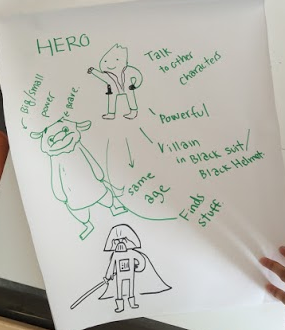
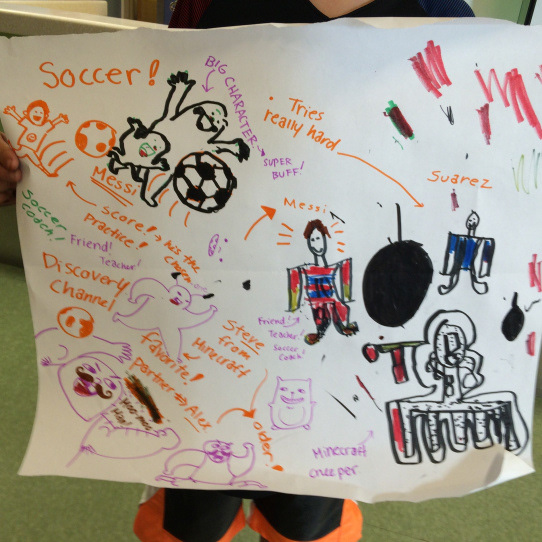
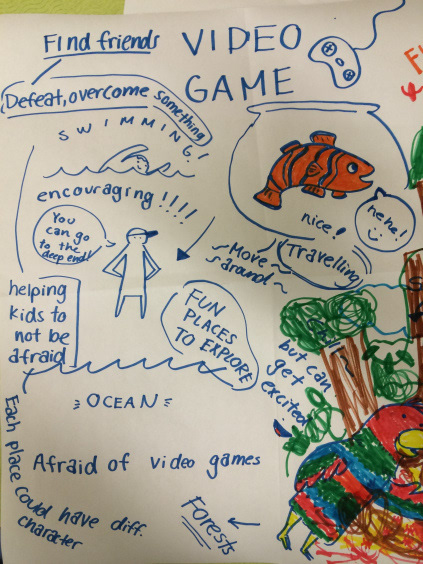

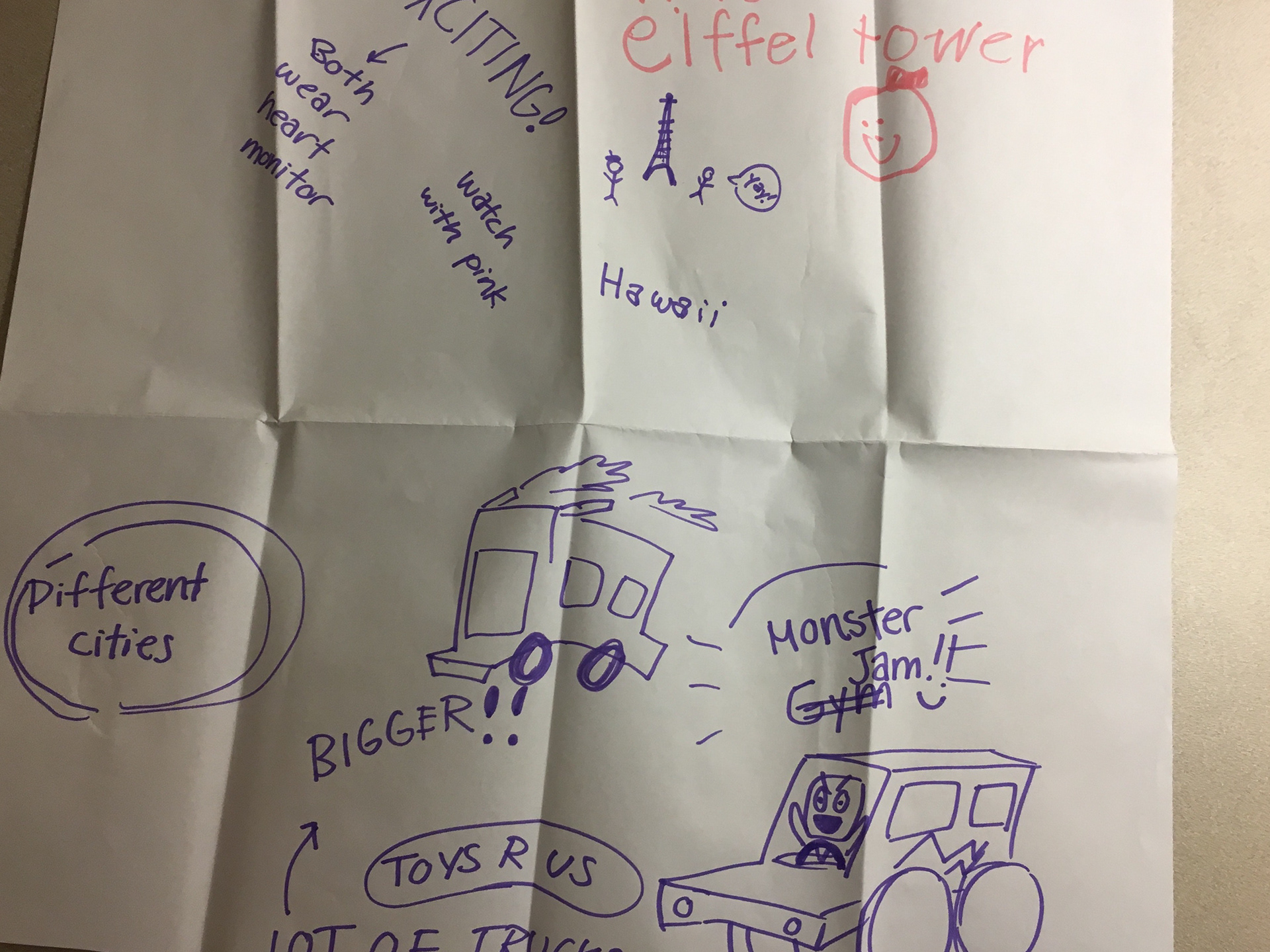
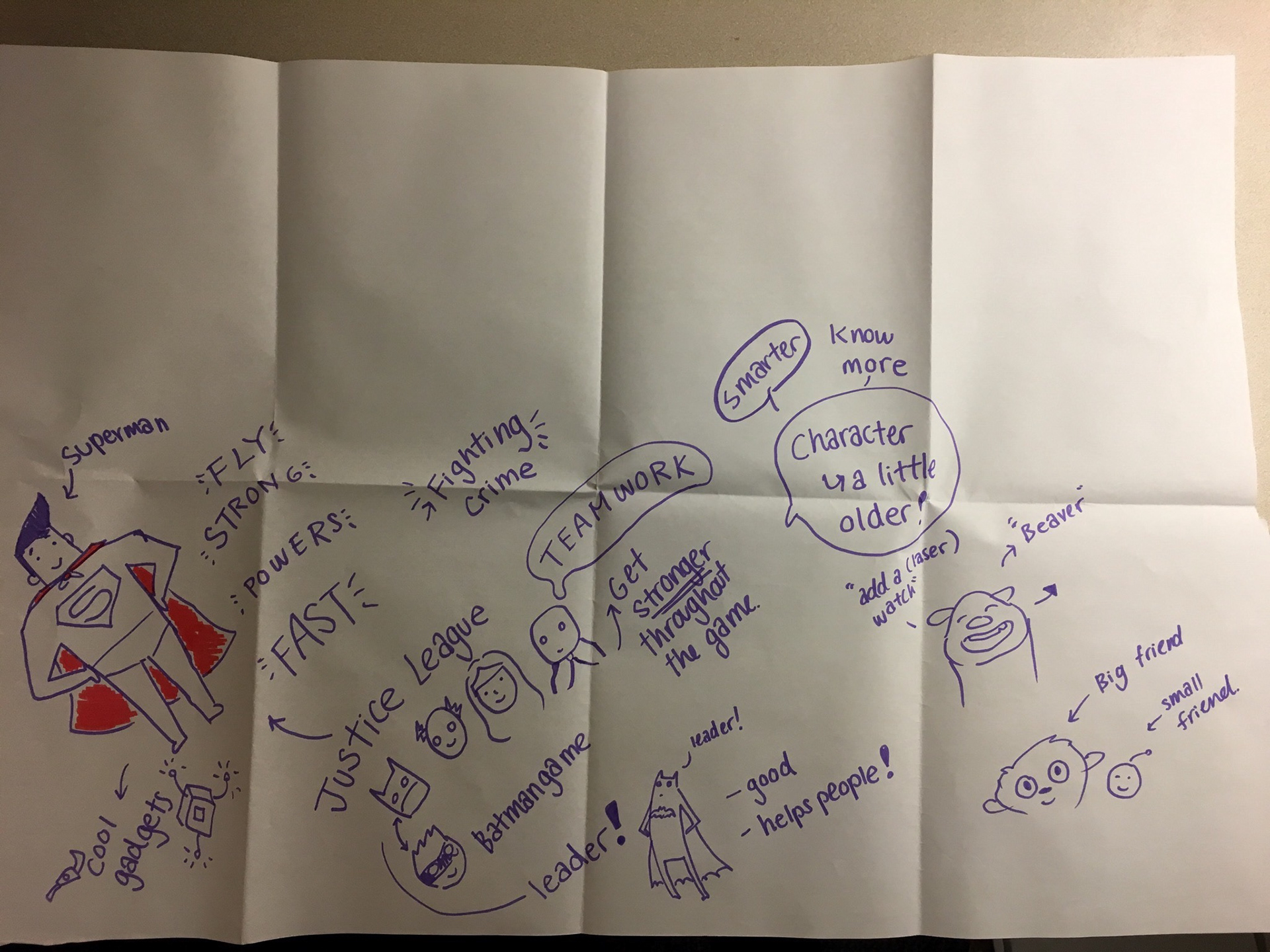
Drawing interviews completed at the Boston Children Hospital's Inpatient and Outpatient areas.
"Avoid stereotypes and don’t generalize anything. Don’t just put a strong, male character in the lead, especially for girls.”
- Child in Bader 5 Inpatient Unit in response to the question “Is there anything that would insult you in this game?”
DESIGN - Main Character Proposal
After 50+ child interviews and discussions with psychiatry/neurology professionals, I began creating sketches and beta-version assets for the Neuromotion game.
A grand majority of the kids and teens I spoke to do not want to see the friend figure all the time, feeling that they should only appear at crucial times or just not impose at every situation (i.e. Clippy). As much as the coaching in this game should involve giving advice and teaching skills, consider the overall goal of this product: to help kids gain confidence of their emotions on their own. Question the image of an able-bodied “coach” appearing too much like a savior.
"...many people always associate ADD with boys. "
- Mother of child in Outpatient
Designs for potential game characters - a young, playful leader that shows care and instills confidence in children.
DESIGN - Worldbuilding Proposal
The world should feel expansive and show that anything feels possible. Creative places give room for adventures and colorful characters. This takes more time to concept but kids see the effort; they won’t engage otherwise, at least on their own. Using simple metaphorical ways to represent communities that lack certain functions, each area can change as the player does better in the game. This idea comes from Dr. Adele Diamond's research into executive functions, a "collection of top-down control processes used when going on automatic." Without these functions, acting on human instinct would be "ill-advised, insufficient, or impossible."
Cohesion, effectiveness (through playtesting), and delivery coexist and override anything else.
More on Dr. Diamond's research here.

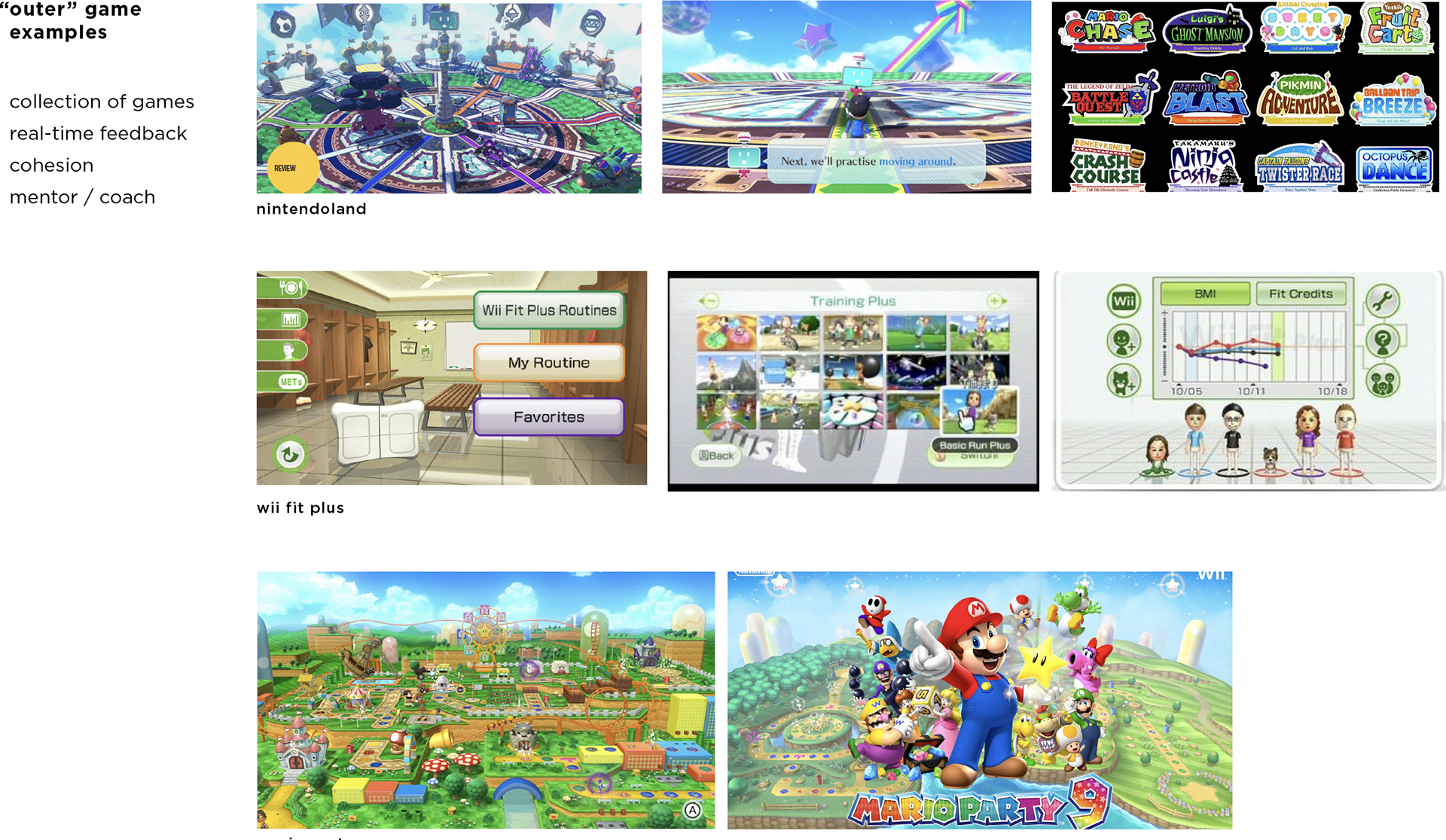

Moodboards for environment feel and design
Concept art for game splash page
TAKEAWAYS
Never insult a child’s intelligence and strength, regardless of their age or gender. During interviews, transparency was key. Letting patients see my notes as I interviewed them made them feel more important. Letting them take notes with me made them more engaged. “Make kids feel like an expert” says Dr. Dan Cheron from Judge Bakers. “Treat kids like human beings, not their diagnosis,” says Miranda Day of Creative Arts Program.
“Treat kids like human beings, not their diagnosis”
- Miranda Day of Creative Arts Program.
LINKS
I recorded my thoughts and findings on the RISD Maharam Blog.
Learn more about the RISD Maharam Steam Fellowship.
Interviewed by Our RISD.

